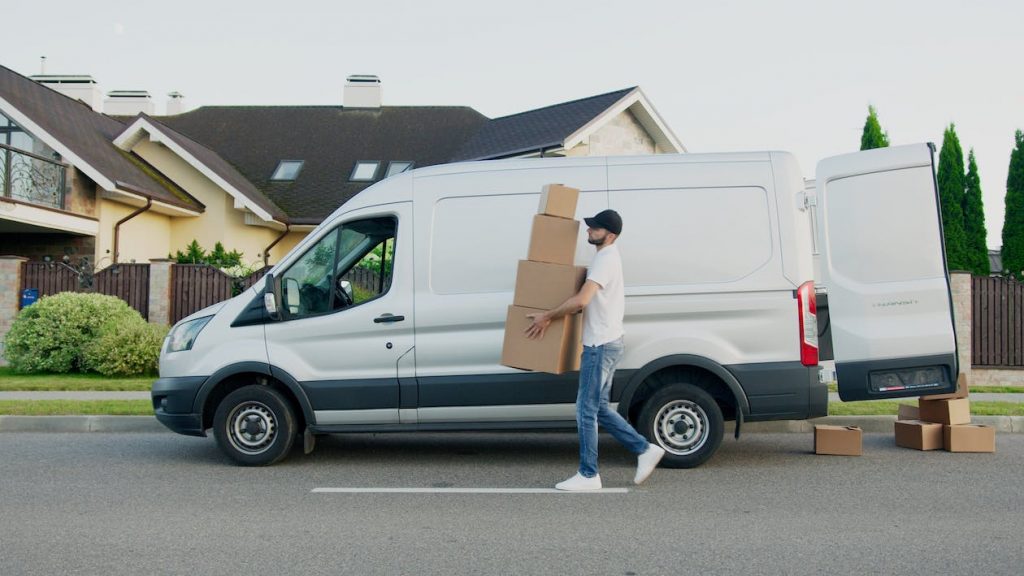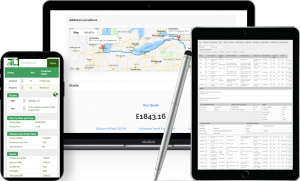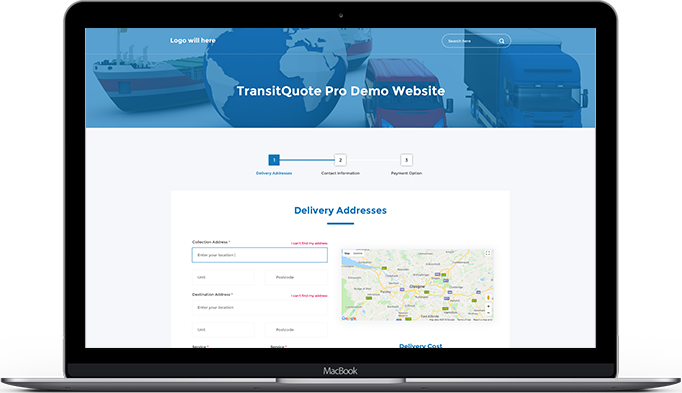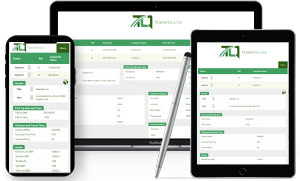
Maximizing efficiency in last mile delivery operations refers to the process of optimizing the final stage of the supply chain where goods are transported from a transportation hub or warehouse to their final destination, typically a customer’s doorstep. The last mile is often the most expensive and time-consuming part of the delivery process, and it can also be the most challenging due to factors such as traffic congestion, unpredictable weather conditions, and complex urban landscapes.
To improve efficiency in last mile delivery operations, companies need to implement strategies and technologies that can streamline processes, reduce costs, and enhance the customer experience. This may include the use of advanced analytics and routing software to optimize delivery routes, the deployment of electric or hybrid delivery vehicles to reduce emissions and operating costs, and the integration of mobile and digital technologies to provide real-time tracking and notifications to customers.
Efficient last mile delivery operations are critical for businesses that rely on fast and reliable delivery to remain competitive in the market. By optimizing their delivery operations, companies can enhance customer satisfaction, reduce costs, and gain a competitive advantage in the increasingly crowded e-commerce space.
Challenges in Last Mile Delivery
Despite the significant advancements in transportation technology and logistics management, last mile delivery operations still present various challenges that need to be addressed to maximize efficiency. Some of the challenges associated with last mile delivery include:
Traffic congestion and roadblocks: One of the most significant challenges of last mile delivery is navigating through congested urban areas, especially during peak hours. Traffic congestion and roadblocks can delay deliveries, increase fuel consumption, and reduce the number of deliveries per day.
Changing weather conditions: Last mile delivery operations can be significantly impacted by changing weather conditions. Rain, snow, and other weather events can make delivery routes more challenging to navigate, leading to delays, increased fuel consumption, and a higher risk of accidents.
Complex urban landscapes: Urban landscapes present unique challenges to last mile delivery operations, with narrow streets, one-way systems, and tight corners making it difficult for large delivery vehicles to navigate.
Customer-specific delivery requirements: Last mile delivery operations must also contend with various customer-specific requirements, such as specific delivery windows, secure access points, and fragile package handling.
To overcome these challenges and maximize efficiency in last mile delivery operations, businesses need to leverage new technologies and strategies that can optimize delivery routes, improve vehicle utilization, and enhance the customer experience. For example, the use of real-time tracking and notifications, the deployment of electric or hybrid delivery vehicles, and the optimization of warehouse and pick-up locations can help businesses address these challenges and optimize their last mile delivery operations.
Strategies for Improving Efficiency
To maximize efficiency in last mile delivery operations, businesses need to implement new strategies that can streamline processes, reduce costs, and improve the customer experience. Here are some strategies that can help businesses improve their last mile delivery operations:
Route Optimization using GPS and Analytics: Optimizing delivery routes using GPS and analytics software can significantly reduce delivery times and fuel consumption. By analyzing traffic patterns and real-time data, businesses can identify the most efficient routes for each delivery, which can help to reduce the number of miles driven and increase the number of deliveries per day.
Real-Time Tracking and Notifications: Providing customers with real-time tracking and notifications can enhance the customer experience and improve delivery efficiency. By providing customers with accurate delivery times and updates, businesses can reduce the number of missed deliveries, minimize customer complaints, and improve customer satisfaction.
Delivery Vehicles: Electric and Hybrid Options: Electric and hybrid delivery vehicles can significantly reduce fuel costs and emissions associated with last mile delivery operations. As electric vehicle technology continues to advance, businesses can also benefit from improved battery range and lower maintenance costs.
Conclusion
By leveraging new technologies and strategies such as route optimization, real-time tracking and notifications, electric and hybrid delivery vehicles, and optimized warehouse and pick-up locations, businesses can improve efficiency in their last mile delivery operations. By doing so, they can reduce delivery times, increase the number of deliveries per day, enhance the customer experience, and gain a competitive advantage in the market.



